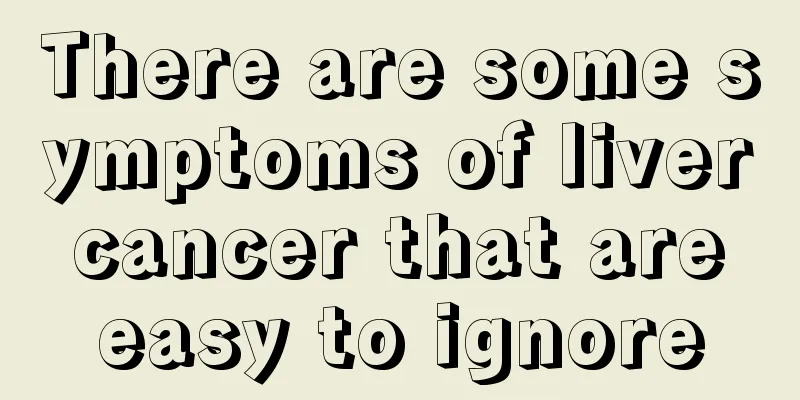What are the symptoms of cor pulmonale?

|
Pulmonary heart disease is a heart disease mainly caused by bronchitis and pulmonary hypertension. It is divided into acute and chronic types. It is more common in clinical practice. The onset of pulmonary heart disease is relatively slow and can also cause various other diseases in the body. So what are the symptoms of cor pulmonale? Let me teach you some ways to prevent heart disease. Causes 1. Bronchial and lung diseases Chronic bronchitis complicated with obstructive pulmonary emphysema is the most common, followed by bronchial asthma, bronchiectasis, severe pulmonary tuberculosis, pneumoconiosis, chronic diffuse pulmonary fibrosis, sarcoidosis, allergic alveolitis, eosinophilic granuloma, etc. 2. Thoracic movement disorders Less common are severe posterior spondylosis, scoliosis, spinal tuberculosis, rheumatoid arthritis, extensive pleural adhesions, severe chest or spinal deformity caused by thoracoplasty, and neuromuscular diseases such as poliomyelitis. 3. Pulmonary vascular disease rare. Allergic granulomatosis involving the pulmonary arteries, extensive or recurrent multiple pulmonary arteriolar embolism and pulmonary arteritis, and primary pulmonary hypertension of unknown cause develop into cor pulmonale. Clinical manifestations 1. Compensatory stage of lung and heart function (including remission stage) This stage is mainly characterized by the manifestation of chronic obstructive pulmonary disease (COPD). Chronic cough, sputum, shortness of breath, palpitations after activity, dyspnea, fatigue and decreased work endurance. Physical examination may show obvious signs of emphysema, weakened breath sounds on auscultation, occasional dry and wet rales, and mild edema in the lower limbs, which is obvious in the afternoon and disappears the next morning. The border of cardiac dullness is often difficult to percuss due to emphysema. Heart sounds are distant, but there may be a hyperactive second heart sound in the pulmonary valve area, suggesting pulmonary hypertension. The presence of a systolic murmur in the tricuspid valve area or cardiac pulsation under the xiphoid process often indicates right heart hypertrophy and enlargement. In some cases, emphysema increases the intrapleural pressure, obstructing the vena cava return, and the jugular vein may be seen to be full. As the diaphragm descends, the upper and lower edges of the liver move downward significantly. 2. Decompensated lung and heart function (including acute exacerbation) The main clinical manifestations of this stage are respiratory failure, with or without heart failure. prevention 1. Actively take various measures to promote smoking cessation. 2. Actively prevent and treat the inducing factors of the primary disease, such as respiratory tract infections, various allergens, inhalation of harmful gases, etc. Keep warm. 3. Choose appropriate physical exercise methods, such as Tai Chi, walking, etc. |
<<: What kind of wood is best for cutting boards? I recommend bamboo.
Recommend
What are the conventional treatments for skin tuberculosis
Cutaneous tuberculosis is a common skin disease c...
What are the dangers of turning lime into eggs?
Preserved eggs are a delicious delicacy with high...
Can drugs cure pituitary tumors?
Many people who have pituitary tumors are particu...
What are the general methods to prevent lung cancer? Several effective methods to prevent lung cancer
When it comes to cancer, people are terrified. Du...
Early diagnosis of nasopharyngeal carcinoma is very important
The lesions of nasopharyngeal carcinoma are deep ...
What to do if the towel becomes hard
Towels are the main cleaning tools in daily life,...
What are the symptoms of heart yin deficiency?
Heart Yin deficiency is a very common disease, wh...
Left chest tightness and back pain
Dull pain in the left chest and back are typical ...
Causes and solutions for liver pain caused by drinking beer
Some people may experience pain in the liver area...
What are the manifestations of nasopharyngeal carcinoma lymph node metastasis
The nasopharyngeal mucosa is extremely rich in ly...
Is adequate sleep good for brain cancer?
The main consideration for the cause of brain tum...
What should I do if I choke while eating
Eating is something we must do every day, but som...
What to do when joints are painful due to cold
A joint is a structure composed of bones in the h...
What are some practical tips for removing blackheads and shrinking pores?
Blackheads are a skin condition left after acne h...
How to prevent teeth grinding
Speaking of teeth grinding, I believe many people...









